Trump gets his way on tariffs, but global trade system intact for now
Mozambique: Areas of south expected to see food shortages
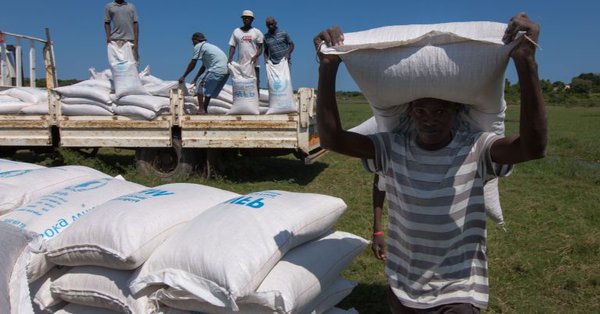
According to the report, the World Food Program (WFP) and CHEMO, a humanitarian consortium made up of World Vision-Mozambique and Food for the Hungry, "continue to provide food aid as resources become available, helping to mitigate problems." File photo: Twitter / @ReliefIntl
Semi-arid areas of southern and central Mozambique are currently facing greater difficulties in accessing food, the Famine Early Warning Systems Network (FEWS Net) has said.
Difficulties are mounting in parts of Gaza and Inhambane provinces in southern Mozambique and Tete in the centre of the country.
“As of December, the most affected households are likely to have little or no food storage,” and will live on “below-average earnings for purchases in the market,” according to a report read by Lusa.
At the peak of the scarcity season in March 2019, “the district of Chemba in Sofala province is likely to begin to face a crisis scenario,” or food insecurity level three on a scale of one to five, rising from “minimum risk” to “famine”.
There is also expected to be a level 2 “stress” scenario in adjacent areas of the provinces of Sofala, Gaza, Inhambane and Tete, FEWS Net added.
The network noted that a total of 206,000 beneficiaries received food assistance in Mozambique in November and the majority are the most affected households in the provinces of Tete and Gaza.
In the Southern African region Zimbabwe along with Lesotho, Mozambique, Madagascar and Malawi is anticipated to reach Acute Food Insecurity Phase 3 (IPC Phase 3) outcomes January 2019 https://t.co/hgEYcmUOC7 pic.twitter.com/rvInomtPJw
— Beneath A Rising Sun (@ResurrectZim) December 2, 2018
According to the report, the World Food Program (WFP) and CHEMO, a humanitarian consortium made up of World Vision-Mozambique and Food for the Hungry, “continue to provide food aid as resources become available, helping to mitigate problems.”
“Humanitarian food aid is planned for some crisis areas in Inhambane province, however, no funds have been secured for assistance,” it added.
Since October, farmers in the South “have begun to prepare and plant soil due to the average but erratic rainfall.”
“Central areas reported normal to heavy rains in the last ten days of November and households in these areas have started farming,” it said.
However, “the interior areas of the provinces of Gaza and Inhambane are still in dry conditions,” with “November rainfall being critical to the start of the season and a slow start to the season may delay the harvest.”
“Corn prices are not increasing as fast as previously predicted, although prices continue to rise seasonally, staying above last year’s prices in most monitored markets,” it concluded.
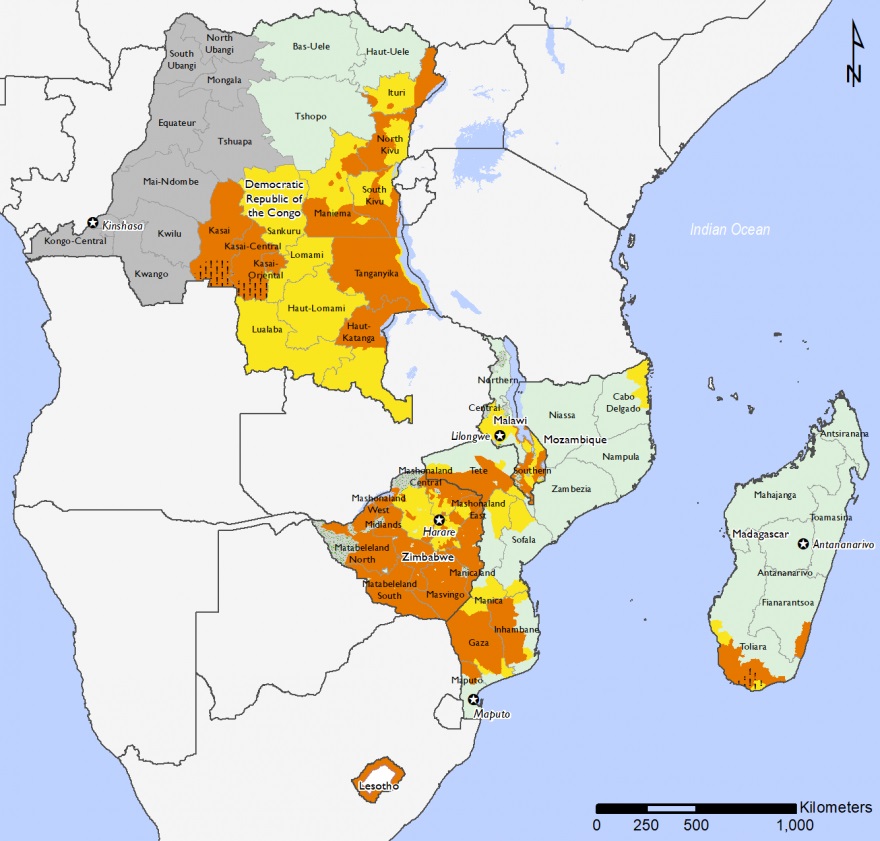
FEWS Net was created by the United States Agency for International Development (USAID) in 1985 to support decision-making in the management of humanitarian aid.
The United Nations Food and Agriculture Organisation (FAO) estimates that 7.2 million out of 28.8 million people (about a quarter) live with chronic food insecurity in the country.
Figures from the World Health Organisation (WHO) showed that 43% of Mozambican children suffer from chronic malnutrition, a problem that is more pronounced in rural areas.







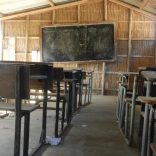

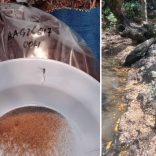
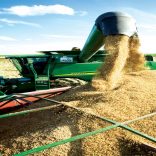


Leave a Reply
Be the First to Comment!
You must be logged in to post a comment.
You must be logged in to post a comment.